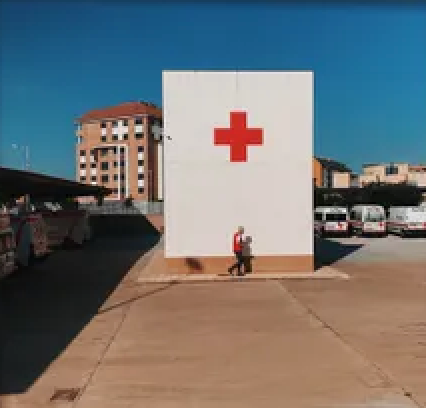Though HIV Deaths are Decreasing, Women and Black Women Still Have Significantly Higher Mortality Rates
A recent study measured premature deaths among people with HIV by sex, race, and HIV risk factor.

HIV-related mortalities have decreased with the availability of pre-exposure prophylaxis (PrEP) and antiretroviral therapy (ART), but this may fail to account for premature deaths among people with HIV, according to a study presented virtually at IDWeek.
Investigators assessed trends in all-cause and premature mortality by sex, race, and HIV risk factor among people with HIV (PWH). They used data from patients receiving care at the Vanderbilt Comprehensive Care Clinic from January 1998-December 2018, examining mortality trends using person-time from clinic admittance to date of death or December 31, 2018. They compared mortality rates by demographic and clinical factors, calculating adjusted incidence rate ratios (aIRR) and 95% confidence intervals (CI) by using multivariable Poisson regression.
For study subjects who died, investigators obtained years of potential life lost (YPLL) from estimated US sex-specific period life tables of age and year of death. They analyzed patient risk factors associated with YPLL using multivariable linear regression.
The study included 6531 patients in the Vanderbilt Comprehensive Care Clinic system, 959 (14.6%) of whom died. During the almost 20-year study period, mortality rates decreased drastically. The investigators adjusted the results for adjusting for calendar era, age, injection drug use, hepatitis C virus (HCV), year of HIV diagnosis, history of AIDS-defining illness, CD4 cell count, and HIV RNA at clinic entry. After these adjustments, they found that female sex was correlated with increased mortality risk. Higher YPLL remained associated with non-Hispanic Black race and female sex regardless of HIV risk factor and younger age at HIV diagnosis.
Though there has been significant improvement in reducing HIV mortality rate over time, sex disparities in mortality and sex and race disparities in YPLL remained prevalent in PWH clinic patients. The investigators noted, “YPLL is a useful measure for examining persistent gaps in longevity and premature mortality among PWH.”
